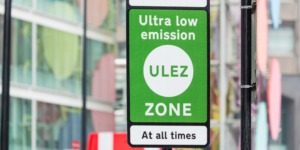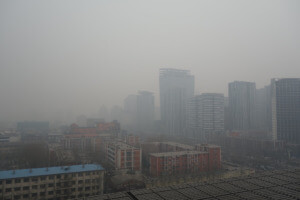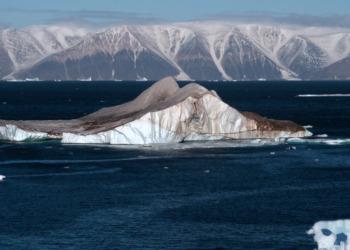The climate action by the major economies comes shortly after the publication of the latest report from the Intergovernmental Panel on Climate Change (IPCC), the international group of climate experts put together by the United Nations, showing the urgent need for action through dramatic carbon reduction and investment in climate adaptation. Climate activists and policy experts have long advocated for commitments from some of the richest economies in the world to take responsibility. Alternatively, the low-income and vulnerable nations may be left unable to adapt to the growing climate challenges of the future.
The UK
London’s Ultra Low Emission Zone (Ulez) will be expanded to cover the entire city under plans announced by mayor Sadiq Khan to cut pollution and congestion. The mayor has asked the Transport for London (TfL) to discuss extending the emission zone from the North and South Circular Roads, to the whole of Greater London by the end of next year.

Drivers of vehicles that do not comply with particular emissions standards, will be charged a daily fee of £12.50 for entering the Ulez area. Vehicles may be charged depending on the amount of nitrogen dioxide (NO2) they emit. NO2 primarily gets in the air from burning fuel. Breathing air with a high concentration of NO2 damages the lungs and can aggravate asthma.
Mr Khan said there is “still far too much toxic air pollution permanently damaging the lungs of young Londoners and leading to thousands of deaths every year”, based on a source from Bloomberg.
China
China will introduce new incentives to cut pollution and carbon emissions this year. However, the country focuses mainly on its economic situation as economic pressures mount. President Xi Jinping said in a speech in January that the country’s low-carbon goals should not come at the expense of energy and food security of the “normal life” of ordinary people. “Reducing emissions is not about reducing productivity, and it is not about not emitting at all,” as Xi was quoted by state news agency Xinhua, based on a source from Reuters.
China would “work harder” to make coal usage cleaner and more efficient, update coal-fired power plants to make them more efficient, and improve the capacity of grids to absorb power produced by renewable sources, argued by Premier Li Keqiang.

China, being the world’s biggest source of climate-warming greenhouse gas emissions, has guaranteed to become carbon neutral by approximately 2060.
The US
For the first time since 2001, the United States Environmental Protection Agency (EPA) is setting severe limits on pollution from trucks, vans and buses that harm the environment and human health. The Biden administration proposed on Monday severe limits on the pollution from several vehicles; this is the first time in more than 20 years that the standards have been tightened.
The new limits from the Environmental Protection Agency would require trucks to reduce emissions of nitrogen dioxide by 90 percent by 2031. The truck pollution rule is part of new pollution policies under President Biden. The Biden administration seeks to reduce the emissions that are dangerously warming the planet and rebuild environmental standards that had been weakened by President Donald J. Trump. “Waiting for another few years to do the next set of greenhouse gas standards for trucks is wrong. We just don’t have time,” argued Margo Oge, an expert on electric vehicles who headed the E.P.A.’s Office of Transportation and Air Quality from 1994 to 2012.
The EPA’s role in limiting carbon emissions nationwide has recently been contested by 19 mostly Republican-led states and coal companies, arguing that the EPA does not have the legal power to issue comprehensive new policies.
Editor’s Note: The opinions expressed here by Impakter.com columnists are their own, not those of Impakter.com. In the Featured Photo: Air pollution in Bangladesh. Featured Photo Credit: Climate & Clean Air Coalition.










